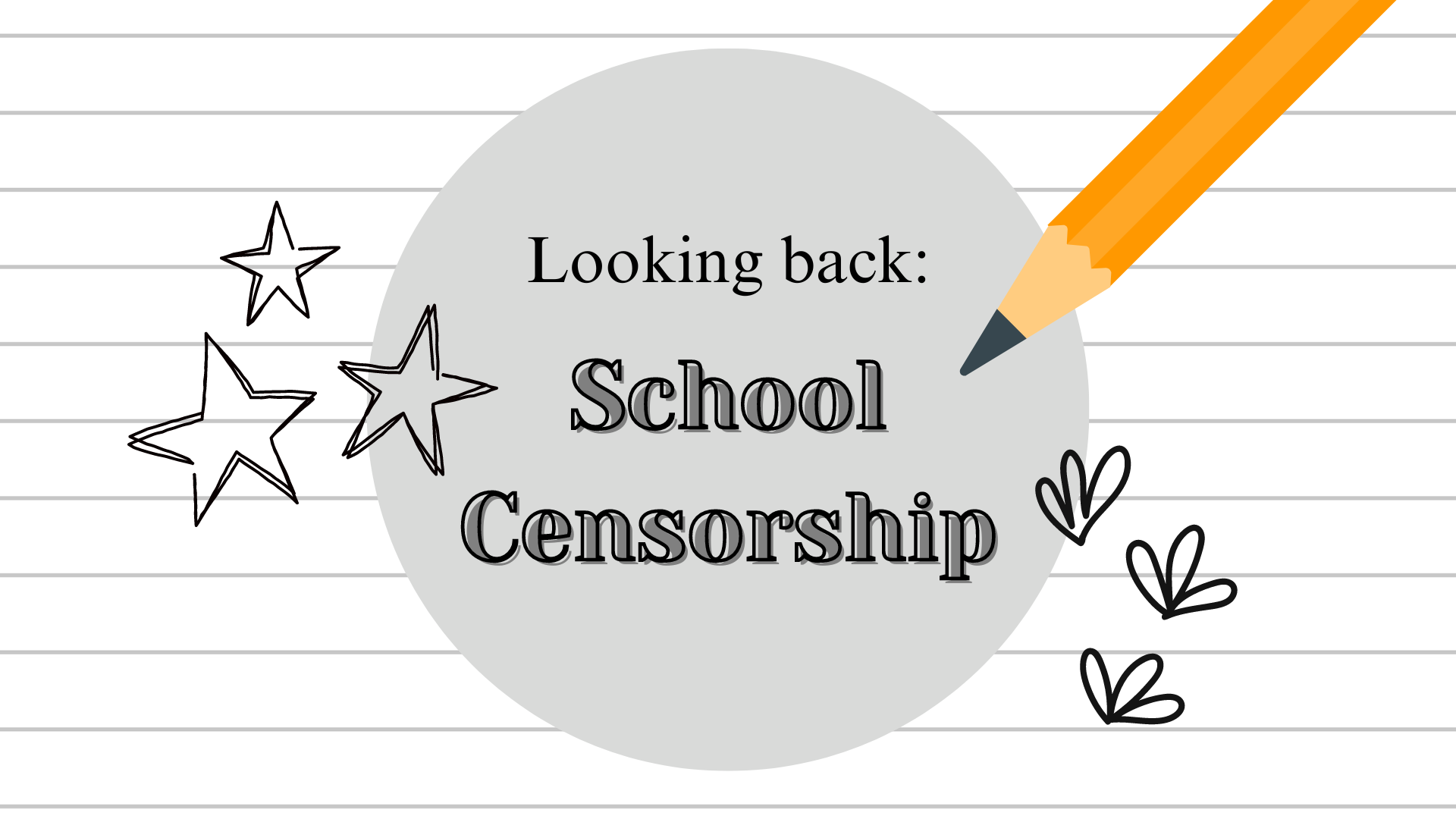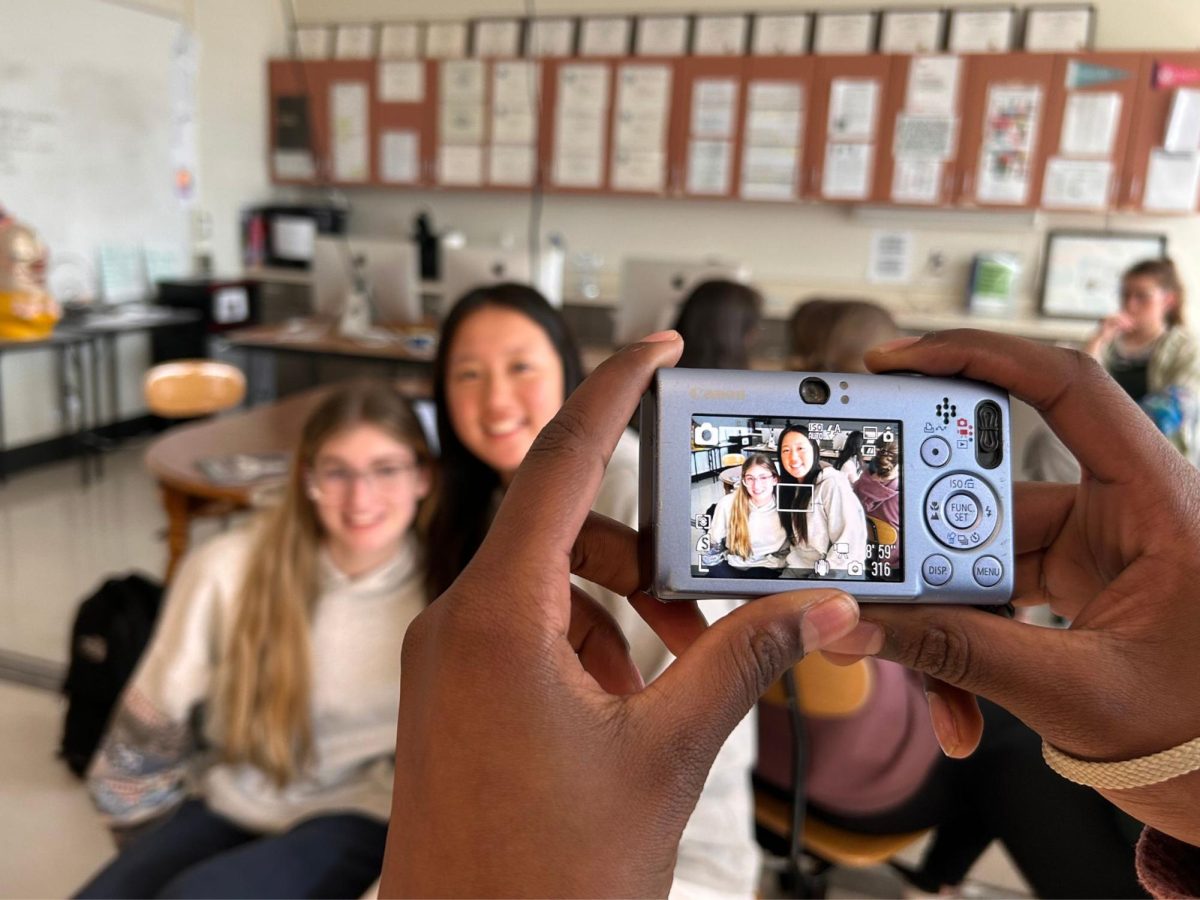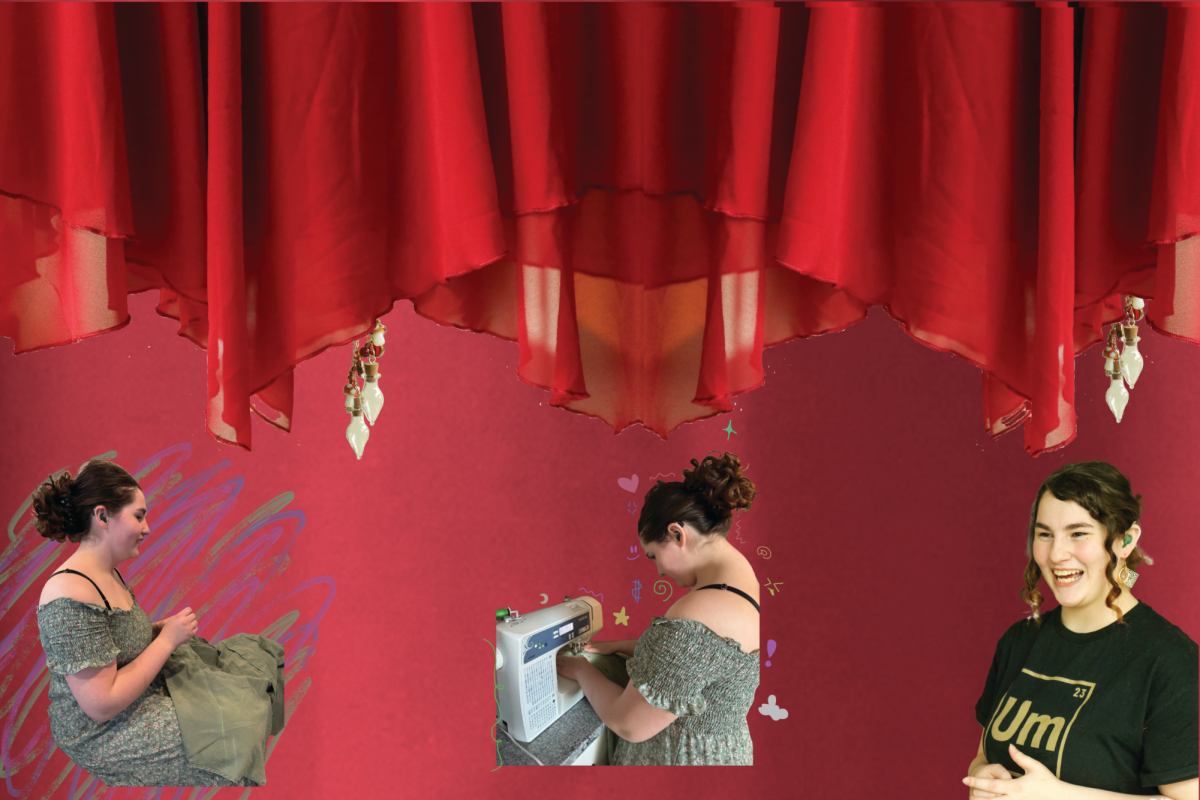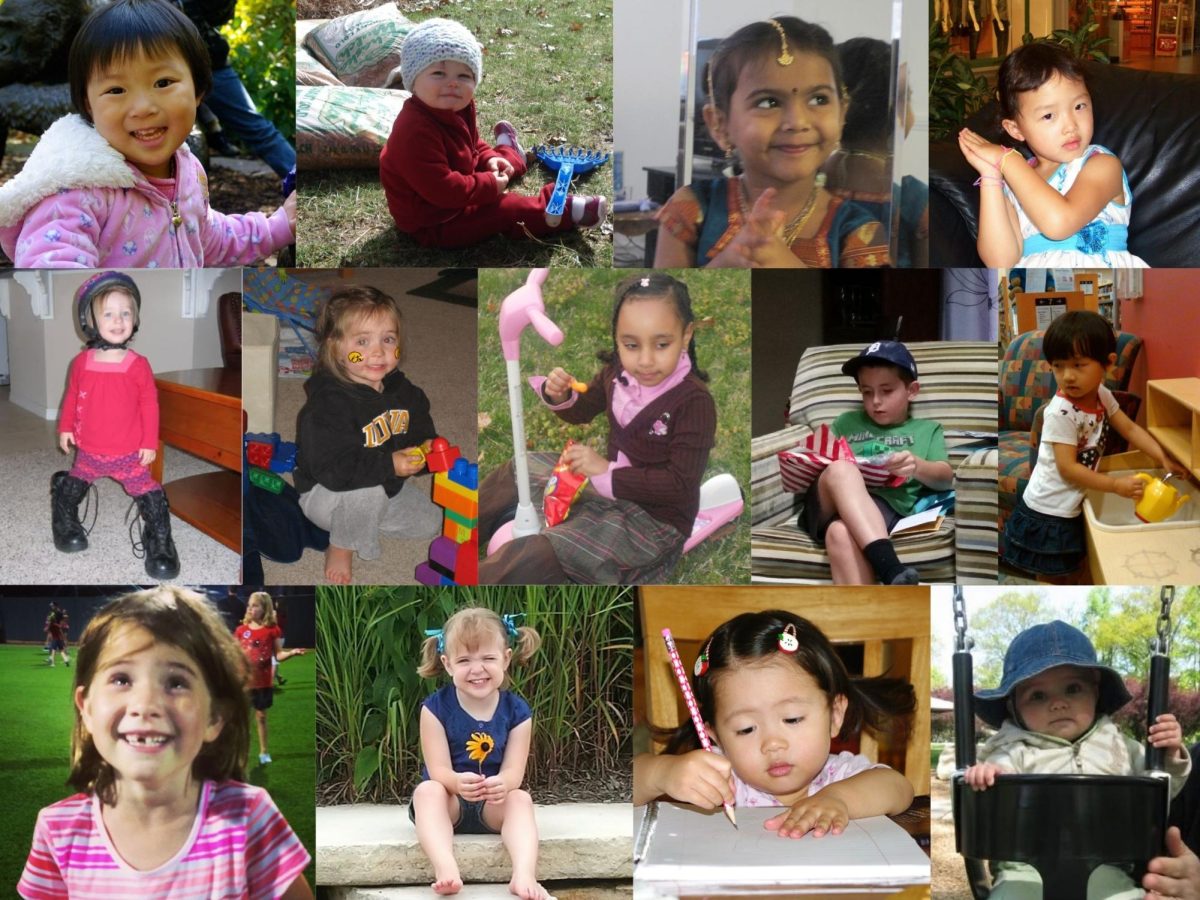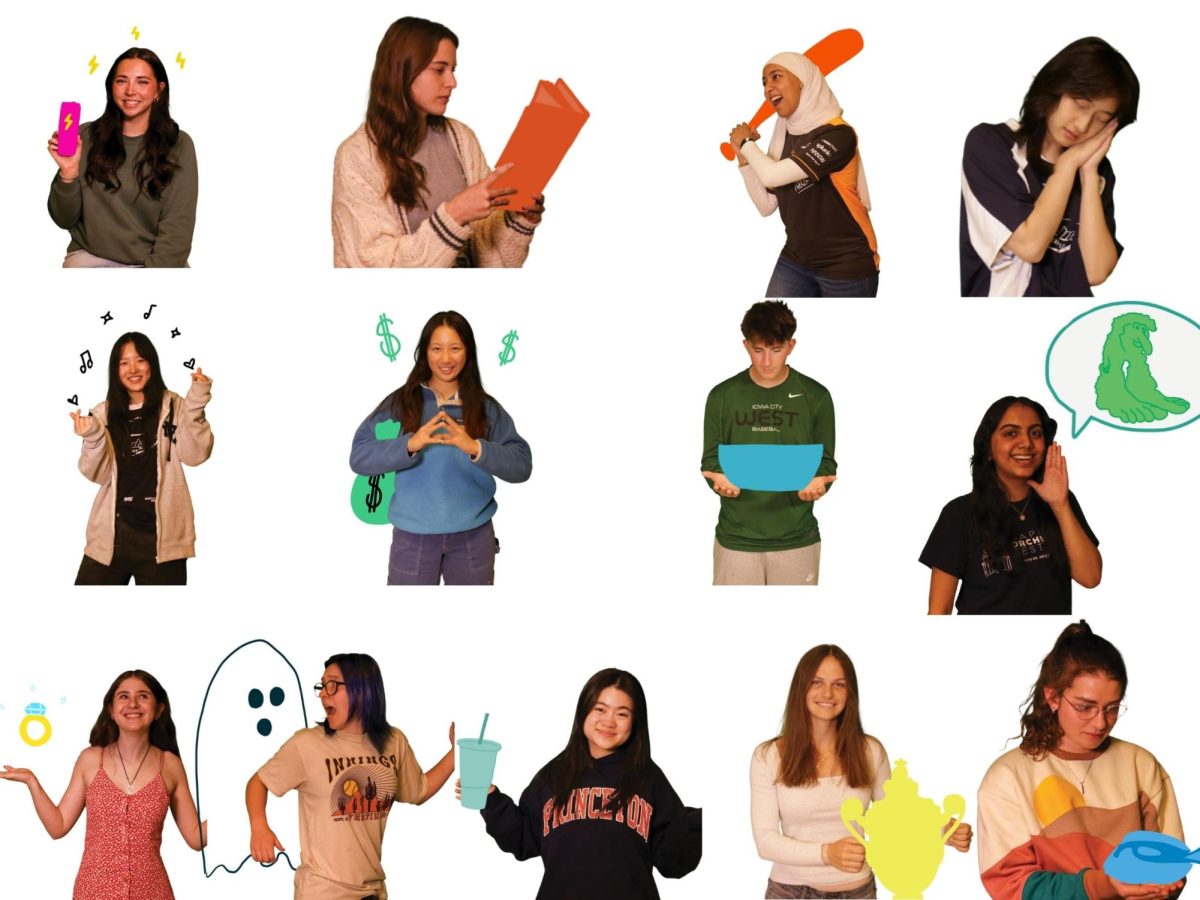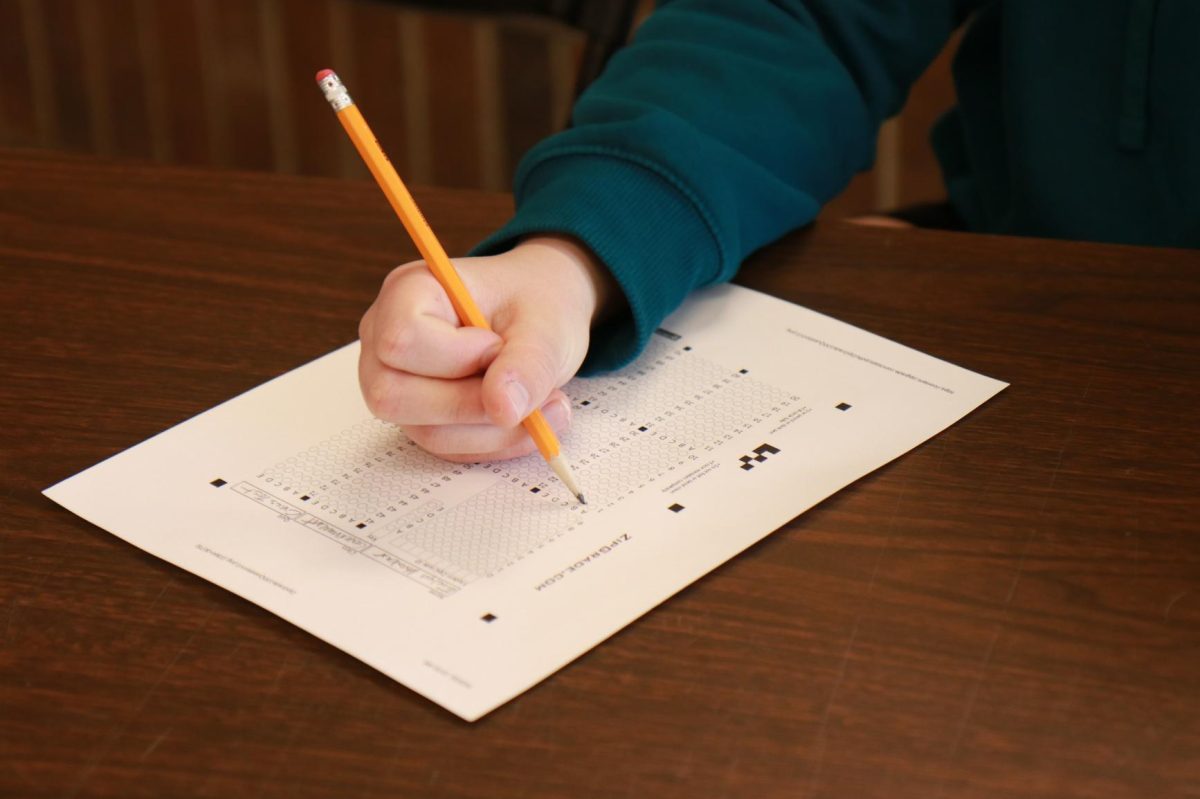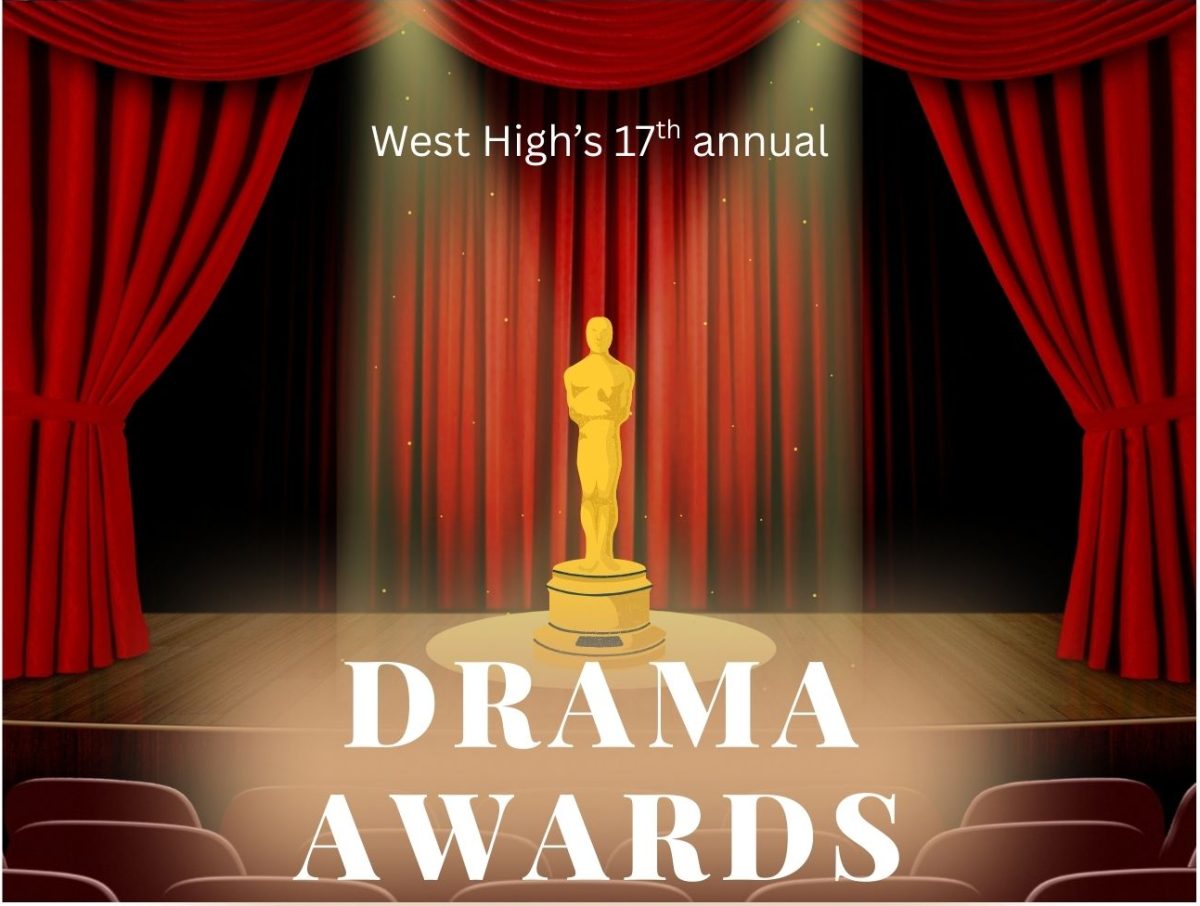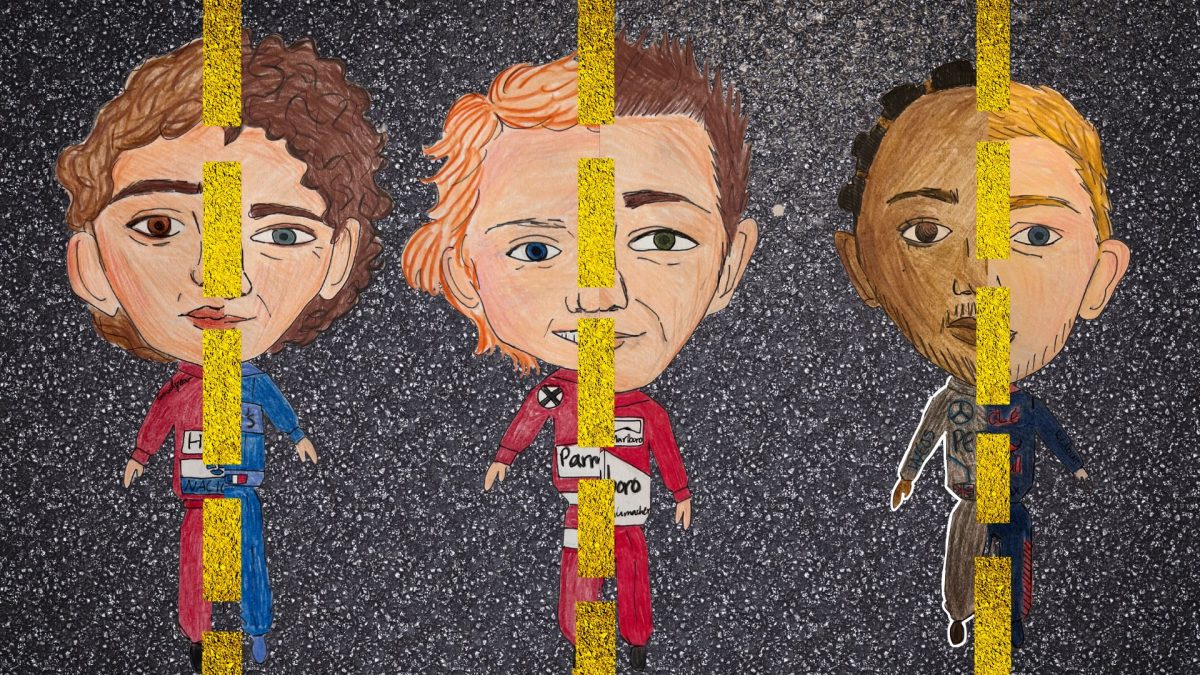Originally published in the West Side Story Oct. 16, 1987:
“Four years ago in S[t]. Louis-Hazelwood a high school journalist wrote an article about pregnancy. In the school were 22 pregnant girls. Three of them were anonymously interviewed for the article. The school’s principal decided that the story should not be printed and did not allow it to be printed. The students took the case to court and on Wednesday the Supreme Court listened to the arguments.
Does the first amendment apply to high school newspapers as it does to the professional press? Yes, it does.
Supporters of censorship for high school journalism may think some issues are ‘too sensitive’ or ‘too controversial,’ as the Hazelwood East High School principal does, but they are neglecting to see that these topics need to be covered.
It is also argued that printing these types of articles are ‘disruptive’ to the school’s environment. Denying that these problems exist and not trying to inform the students about them is worse than any disruption caused by the topic.
Drugs, sex, suicide and numerous other issues are part of today’s American youth culture. They are reality.
Freedom of speech is not only our right granted by the Constitution, it is essential. In the 1969 landmark Tinker decision, the Supreme Court said that students ‘do not shed their constitutional rights to freedom of speech or expression at the schoolhouse door.’ If our highest court finds in favor of Hazelwood’s administration not only will today’s youth be denied essential information about sensitive issues but scholastic journalism will be set back 40 years.”
A current student’s perspective:
After reading this article, I looked more into the Hazelwood v. Kuhlmeier case and other similar cases. In the end, the Supreme Court sided with Kuhlmeier, and insisted that the school could not infringe on students’ free speech rights. Even so, I was curious if students are still at risk of censorship today. This brought up the question: What is happening with student speech now?
In 2017, a Mahanoy Area High School student named B.L. learned that she did not make the varsity cheerleading team. Upon hearing this news, she posted photos on Snapchat that expressed her frustration while off campus. A friend of B.L.’s, the daughter of two cheerleading coaches, saw the posts and brought them to her parents’ attention. The coaches believed these posts violated the cheerleading team rules and decided to suspend her from the junior varsity cheer team for the following year. After the principal, athletic director, and school board agreed to suspend her, B.L. and her family took it to court.
The U.S. Supreme Court sided with B.L., and stated that the Tinker v. Des Moines Independent Community School District decision established that students’ right to speak freely on campus was protected by the First Amendment, unless proven to be disruptive. They also decided that schools could regulate speech off campus if it was proven disruptive at school. Because B.L.’s speech did not cause disruption at school, the Supreme Court agreed that the school district had no right to regulate her speech, and B.L. ended up winning the case.
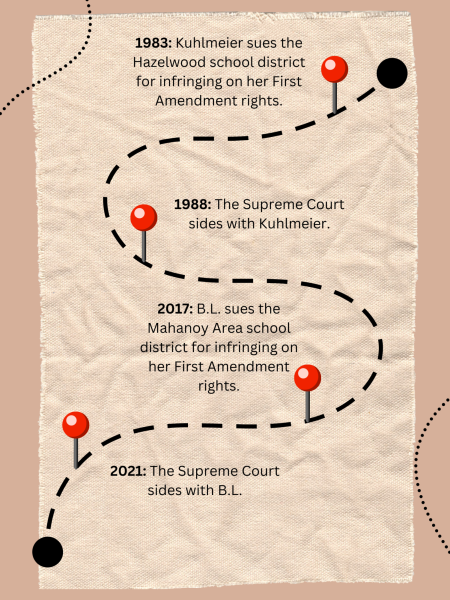
So, what does this tell us? Well, it shows us that in past cases such as Hazelwood v. Kuhlmeier and Tinker v. Des Moines, free speech is being affirmed. However, it also shows us that with the use of social media on the rise, we have yet another way for students’ speech to potentially be censored.
On top of new school censorship cases, there have also been new laws regarding school censorship. In 2022, Florida Governor Ron DeSantis signed the “Stop W.O.K.E. Act” into law, which limits how staff and teachers can talk about race, gender, and sexual identity. Along with this, DeSantis signed into law the “Parental Rights in Education” bill (known by opponents as the “Don’t Say Gay law”), which limits discussions on sexual orientation and gender identity for grades K-3. Since these laws were released, several other states have followed in Florida’s footsteps. In fact, in May of 2023, Iowa signed into law Senate File 496. This law removes certain books from school libraries, and also prohibits K-6 instruction related to gender identity and sexual orientation in school districts, charter schools, and innovation zone schools. Although some aspects of this law are no longer enforceable, students’ speech in Iowa is still being censored through this law.
After reading all of this, you may feel slightly pessimistic. Fortunately, we have cases like Hazelwood v. Kuhlmeier and B.L. v. Mahanoy that remind us that change is possible. They also remind us of our rights as students. There are always going to be things that are out of our control, but one thing that is not out of our control is whether or not we choose to take action if we believe that our right to free speech is being violated.
After all, if it weren’t for cases like Tinker v. Des Moines and Hazelwood v. Kuhlmeier, this article may not have been able to be published.


